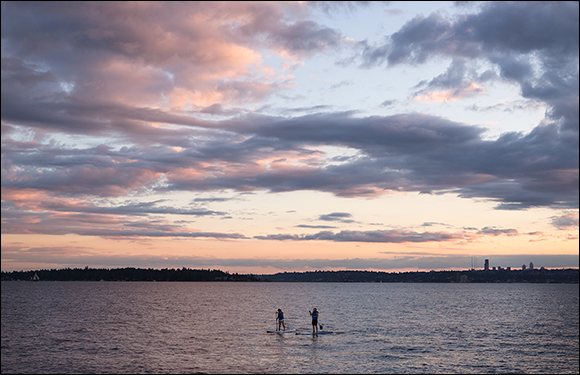Chapter 8: Using Movie Mode
Making high-quality movies isn’t new for dSLRs, but the 70D adds new technology that makes video focusing faster and more accurate, even when tracking a moving subject. Focus transitions are smooth, and when you use one of Canon’s stepper-motor (STM) lenses, the focus motor operation is very quiet. You can also just touch the LCD screen to focus.
You also get Canon’s DIGIC 5+ image processor for fast processing and real-time correction of common problems, including chromatic aberration. Movie shooting options also include a choice of file-compression options, continuous shooting with the camera automatically creating new files when the current file reaches the 4GB limit, a time code feature, improved sound recording and sound adjustment options, and a drop-frame control. In this chapter, I cover how to set up the camera and begin shooting movies.

Many improvements, especially in focus technology, make the 70D a very capable camera for capturing HD video. Exposure: ISO 200, f/9.0, 1/80 second.
About Movies
The ability to shoot movies offers two obvious benefits: It expands your creative options with the camera, and, if you shoot professionally, it has the potential to increase your income by shooting both stills and videos for clients.
If you’re new to recording movies, then get set to learn a new set of technical details and terms. There’s no better ...

